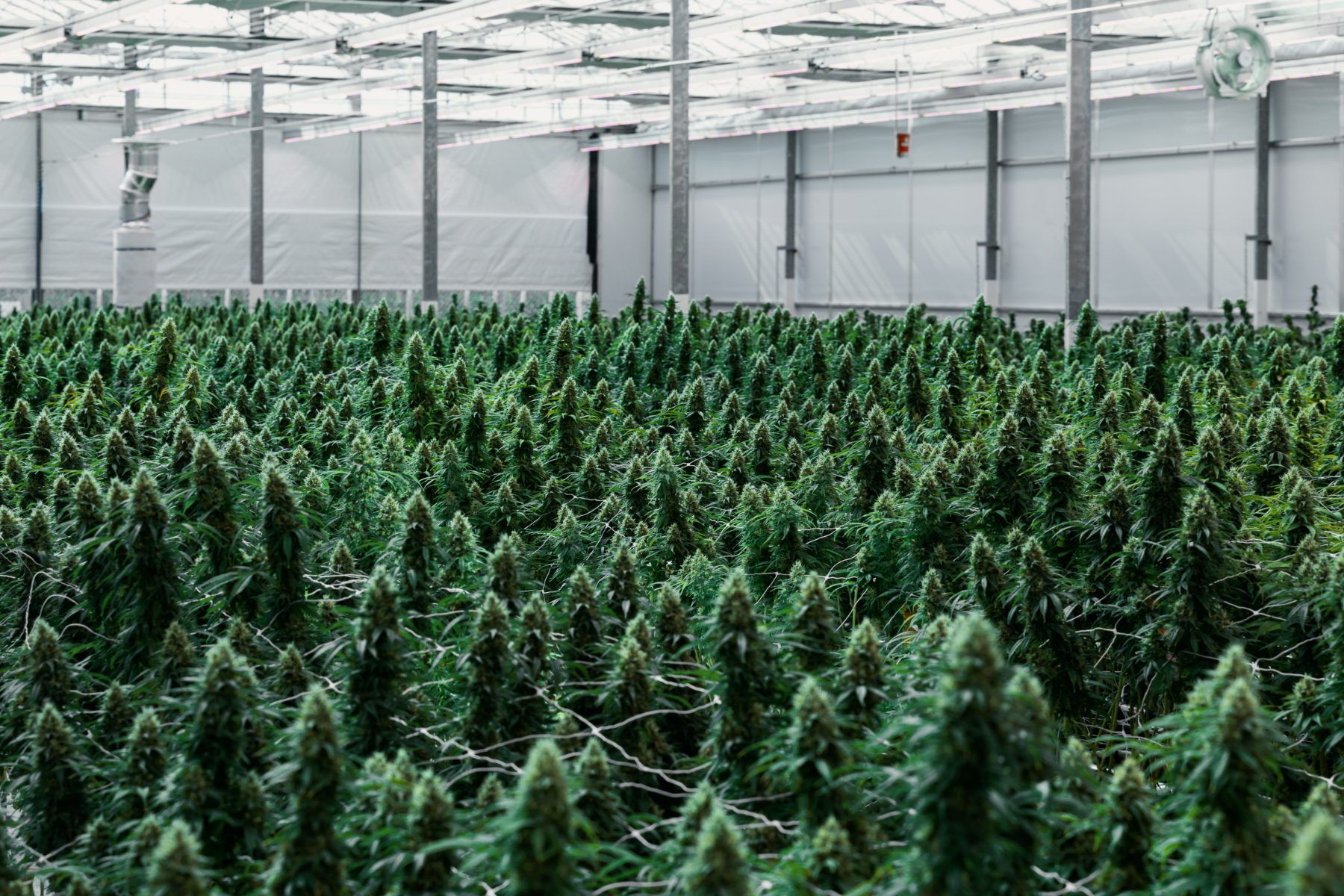Cannabis Cultivation Methods
Indoors, outdoors and in greenhouses. We’re here to shed some light (pun intended) on different growing methods.
Indoors, outdoors and in greenhouses. We’re here to shed some light (pun intended) on different growing methods.

“We consider greenhouse growingto be the happiest mediumof cultivating methods.”
Percentage levels are based on flower. Strength varies between formats.